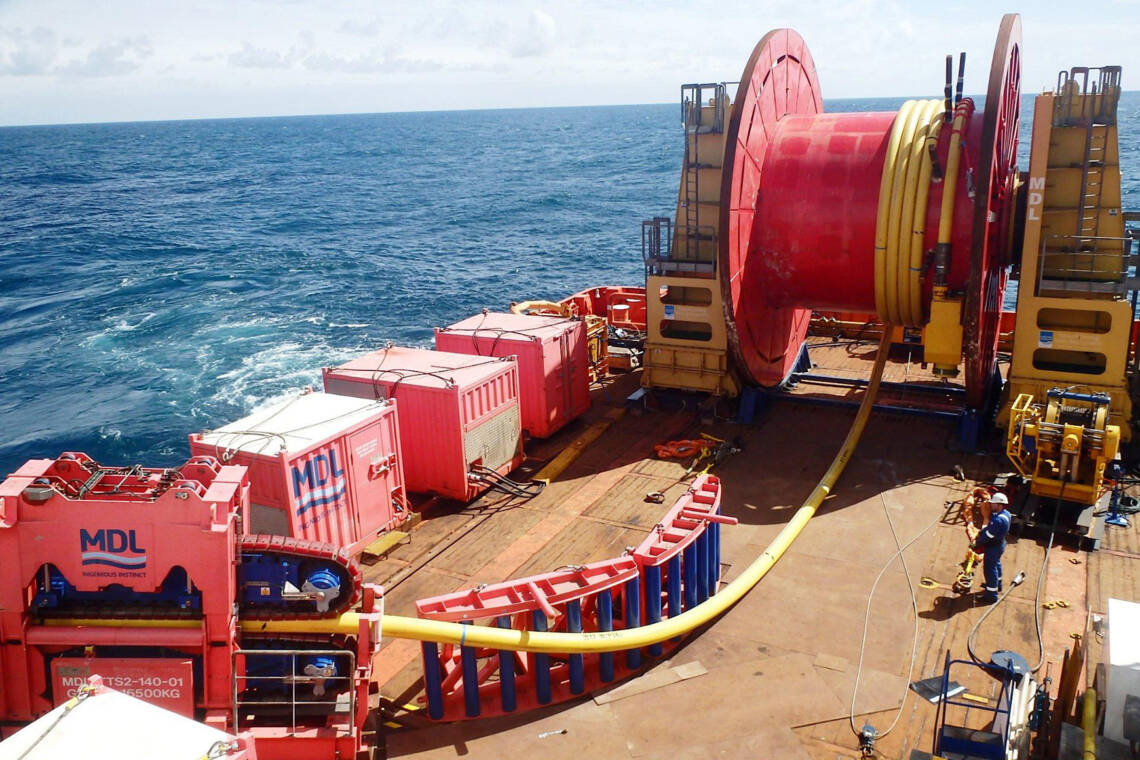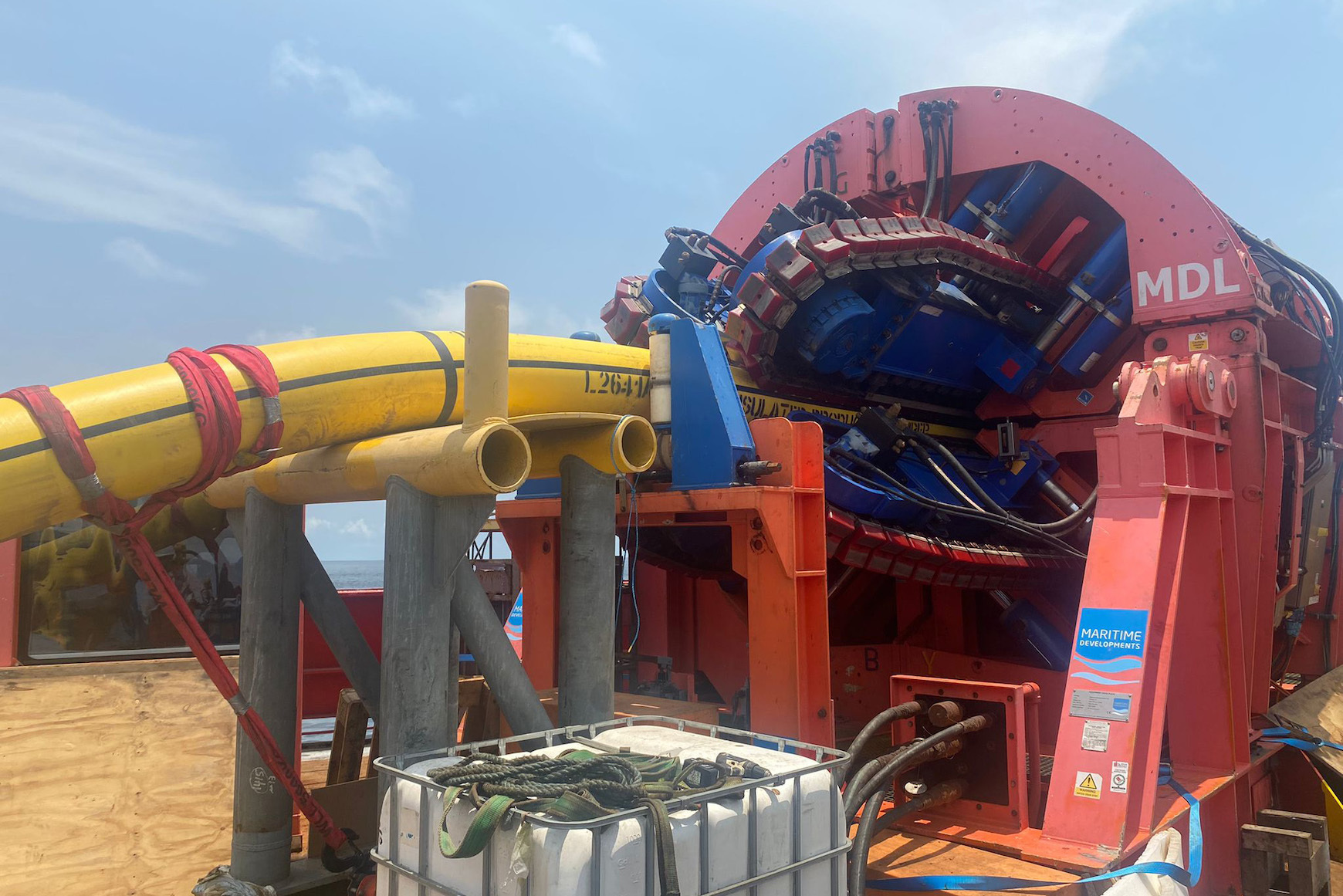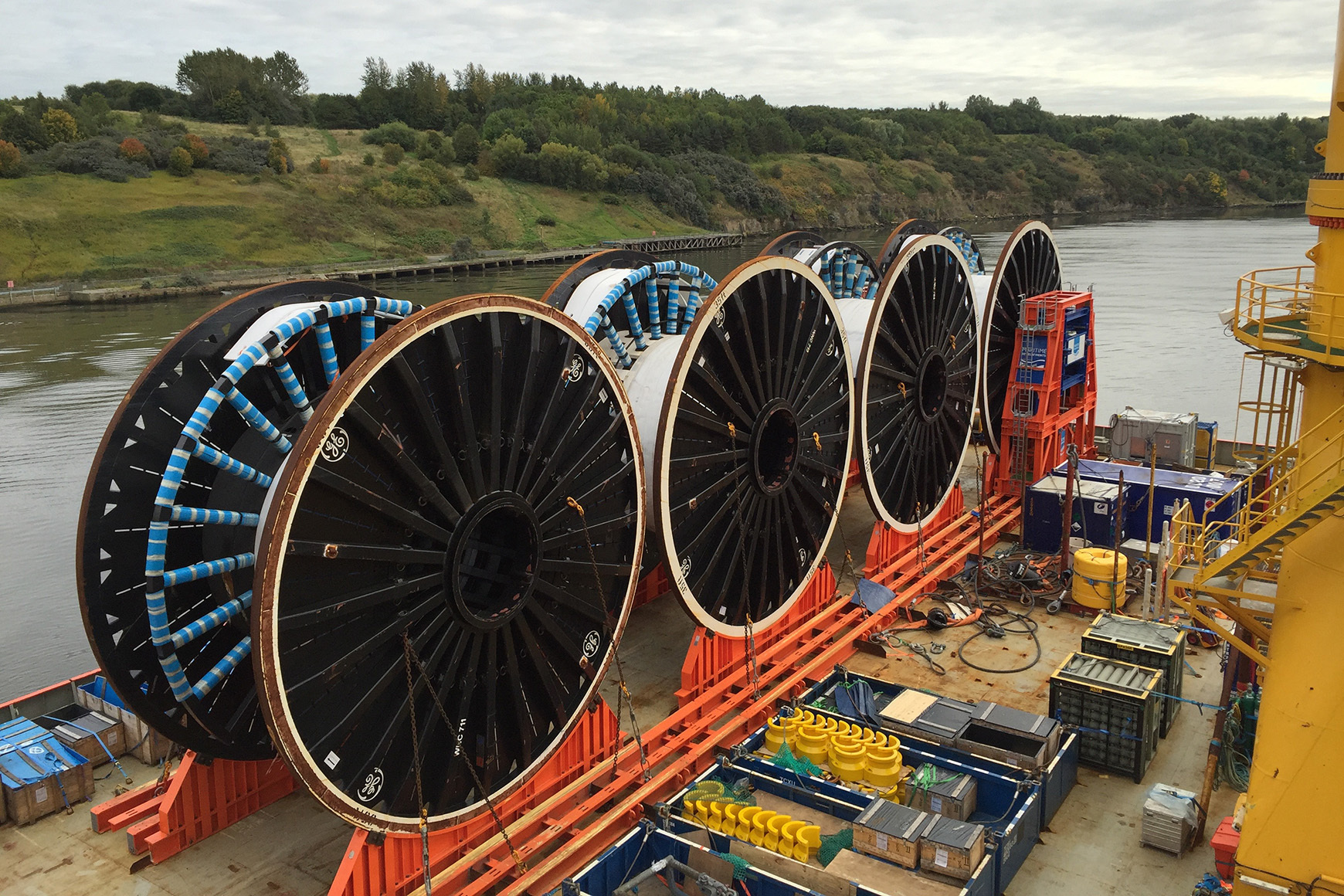Flex Lay Myths: "Equipment is equipment at the end of the day"

Oh, do we get that a lot - although mostly it’s written in-between the lines...
“Technically a better option, commercially not as aggressive as the others.”
“You were technically the best solution - but we went with the most competitive bid.”
“Cost was significantly higher than the competition, although the equipment has added functionality that could not be offered by the competitors” …
We understand the challenges of running a project (because we’ve done it ourselves for a long time): usually it’s a struggle between what’s best for the work scope, while negotiating the allocated budget.
It is difficult to justify a higher upfront investment for what would be the best solution for the job, because it’s near impossible to quantify the benefits it will deliver on that particular job (unless you have a crystal ball, that is).
So, when it comes down to the numbers on paper before making the decision on which equipment will enable your operation, the ultimate budget holder might base their choice on this simple belief:
“It just needs to do the job”
… and so, they go with the lowest bid.
Full disclosure: that’s not MDL.
It is impossible to be cheapest if your equipment is the best in the market.
That’s a bold statement, but it’s backed up by significant investment into our fleet - investment that you can see and feel when you apply that fleet in anger.
But why on Earth would we invest heavily in engineering advanced equipment, if it was “just equipment” at the end of the day?
Two reasons: the value of the product it is handling, and the cost of lost time.

In the first instance, you know very well yourself what the product you are installing or retrieving is worth - and what would be the potential consequences if things went wrong in the process, while the product is in your custody.
We’ve all heard horror stories that no one wants to repeat - the happiest endings to these are the ones where the product was safely abandoned and picked up again once the critical issues were resolved.
Which brings us to the second point - the cost of lost time. How much does an extra hour offshore or in port affect your project’s budget? How much if it turns into an extra day? When you start adding up the costs of running the vessel and its crew, then all the mobilised / rented equipment, the POB and their “cost of living” … you know the saying “the whole is greater than the sum of the parts”?
There are many reasons for project delays, and many of them out of our control, such as the change in weather and sea-state conditions, or an outbreak of a global pandemic, for example.
And then there are factors that you can control: the speed of pay-in and pay-out; the idle time it takes to mobilise the next reel or change the tensioner pads for a different OD; downtime from equipment malfunction during critical operations; delays from manual handling.

None of the above can be easily quantified and budgeted for as “potential additional costs to the project.” One might assume that a project thoughtfully planned should not need to budget for such instances - but we all know that offshore no job goes 100% to plan.
In turn, by mitigating the impacts of the controllable risks outlined above, you put yourself in the best chance for success: reclaiming previously lost time to maximise your schedule and stay within budget.
As equipment providers, our best way of helping you mitigate those controllable risks is by providing you with the tools that are reliable, well maintained, fully automated and super-efficient to mobilise.
The same tools that also optimise the handling of the products - applying the appropriate forces for each one, to achieve optimal speeds without impacting the integrity; and giving you the peace of mind you’re in full control and will not lose the product, even in case of critical failure.
Can you honestly say that every back-deck flexlay system from your experience ticked all those boxes - that it’s “all the same equipment” at the end of the day?
The project managers we have worked with know the difference, and that’s why they return to us, even when cheaper alternatives are available. Through past experience, they may already be able to quantify those benefits that are so difficult to foresee before you execute the job.
Ultimately, we don’t work in a “sausage factory” industry - every project is unique, no matter how similar to the other one - and each requires a bespoke approach (our experienced project engineering team can help with that).
So, when you’re next faced with the decision: is this equipment really worth it? - think instead “will this system reduce my controllable risks and set my project up for success?”
That’s your answer.
Andrew Blaquiere, Managing Director
- April 2024MDL supports Saipem on Greece INGS
- January 2024Preparation is key to a long life subsea
- January 2024Forward thinking with Holland
- January 2024Ensuring peak performance for FPSO and platform owners in 2024
- December 2023Reducing the risk of cable failures











